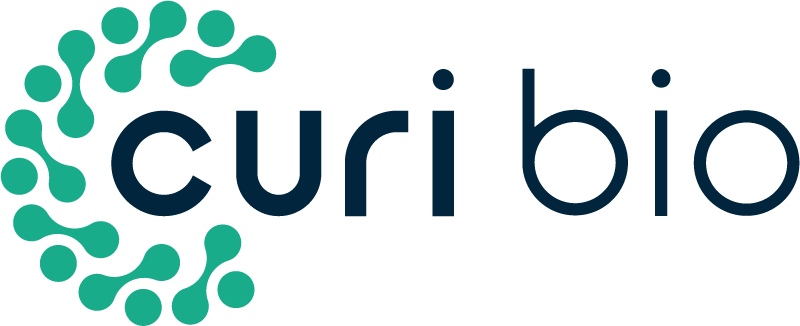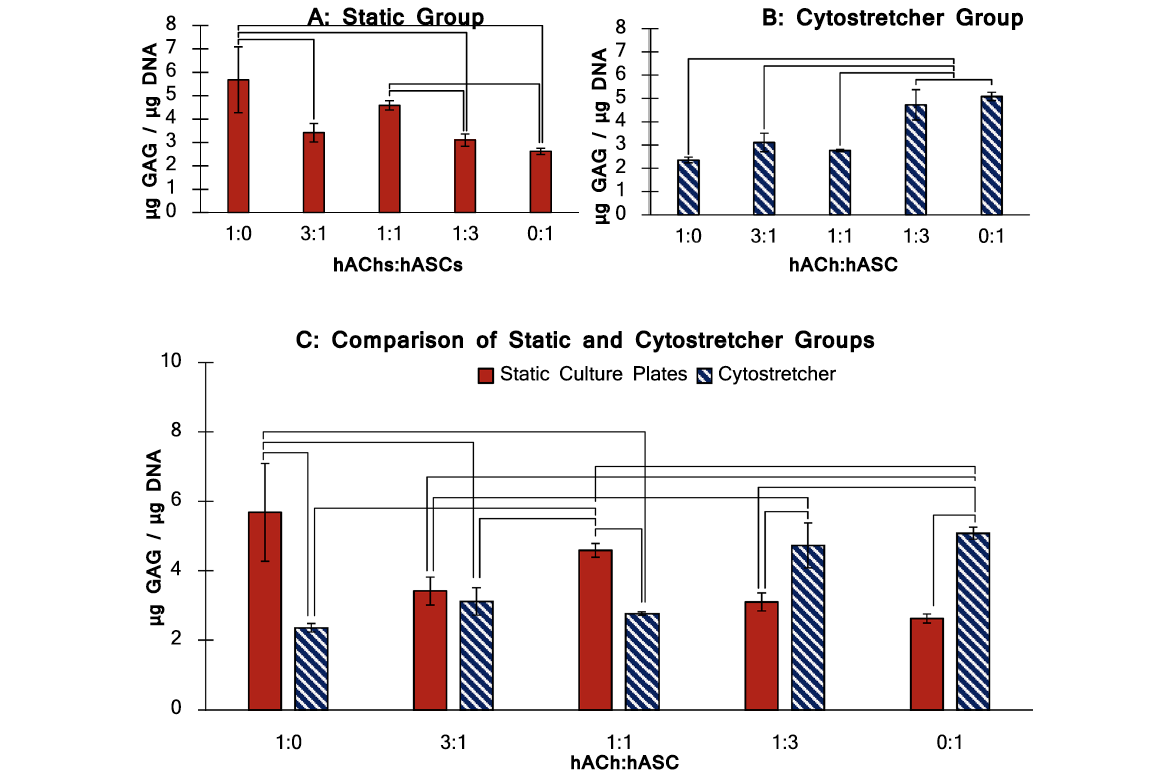Originally Published in: bioRxiv (June 2025) (Link to Original Posting)
Read MoreOriginally Published in: Nature Communications (February 2025) (Link to Original Posting)
Read MoreOriginally Published in: Science Direct (January 2025) (Link to Original Posting)
Read MoreOriginally Published in: bioRxiv (January 2025) (Link to Original Posting)
Read MoreData from Tenaya Therapeutics (2022)
Read MoreData from Entrada Therapeutics (2024)
Read MoreOriginally Published in: Nature (March 2024) (Link to Paper)
Read MoreOriginally Published in: Biomaterials Science (2023) (Link to Paper)
Read MoreOriginally Published in: JoVE Journal (2023) (Link to Paper)
Read MoreOriginally Published in: eLife (2021) (Link to Paper)
Read MoreOriginally Published in: Sage Journals (2022) (Link to Paper)
Read MoreOriginally Published in: Nature Scientific Reports (2022) (Link to Paper)
Read MoreOriginally Published in: Archives of Physical Medicine and Rehabilitation - V103, Issue 3 (2022) (Link to Paper)
Read MoreOriginally Published in: Current Protocols (2021) (Link to Paper)
Read MoreOriginally Published in: Experimental Cell Research - V408, Issue 2 (2021) (Link to Paper)
Read MoreOriginally Published in: International Journal of Molecular Sciences (2021) (Link to Paper)
Read MoreOriginally Published in: In Vitro Cellular & Developmental Biology - Animal (2021) (Link to Paper)
Read MoreOriginally Published in: Nature Communications (2021) (Link to Paper)
Read MoreOriginally Published in: Investigative Ophthalmology and Visual Science (2021)
Read MoreOriginally Published in: Circulation Research, October 2020 (Link to Paper)
Read More
















